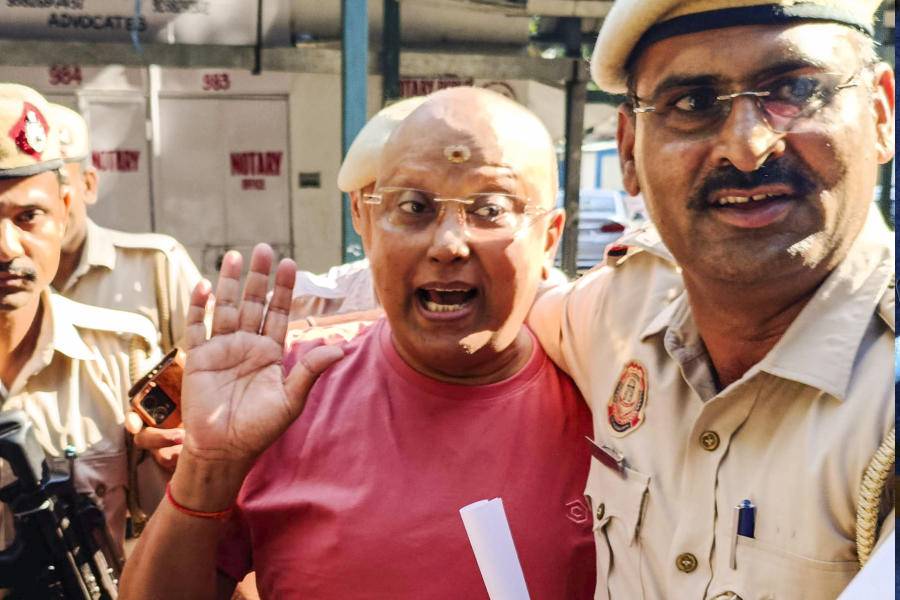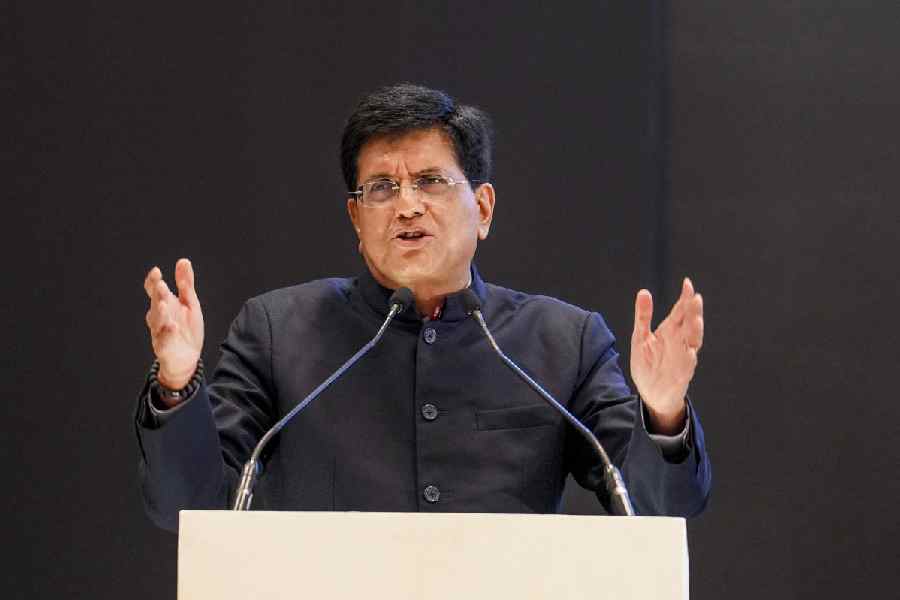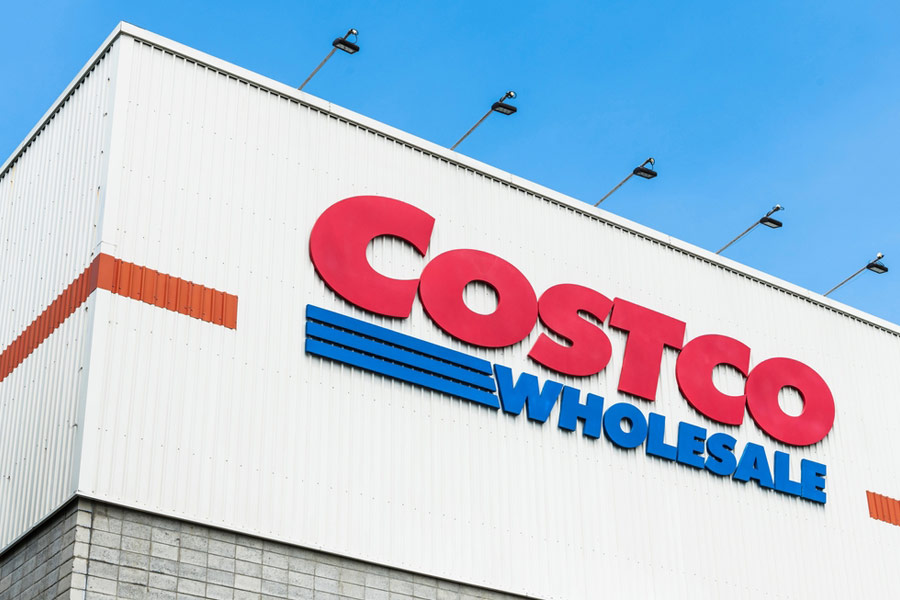 |
| On an upswing |
New Delhi, May 3: India’s middle class is expected to grow more than tenfold to touch 583 million by 2025 if the current economic growth continues, according to a report by management consultancy firm McKinsey.
The report, which was released today, says: “Indian incomes will almost triple if the government forges ahead on a systematic reform programme, promotes competition, contains the fiscal deficit, reins in inflation and invests in infrastructure, healthcare and education.”
The report defines the middle class as households with an annual disposable income of Rs 2-9 lakh. In 2005, 13 million households, or 50 million people, fell in this category.
The report sees India surpassing Germany to become the fifth-largest consumer market by 2025 from the 12th spot it now holds. The forecasts are based on the assumption that the economy would grow at a compound annual rate of 7.3 per cent from 2005 to 2025.
McKinsey says income growth, rather than a change in savings pattern or population growth, would be the biggest driver of increasing consumption. By 2025, consumers in urban areas would be responsible for 62 per cent of consumption, though they were only likely to represent 37 per cent of the population.
Food, tobacco and beverages represent 42 per cent of consumer spending today, but the report says this would fall to 25 per cent by 2025, with transport and healthcare gaining prominence.
“The emergence of a huge middle class is not a question of if but when for India,” Adil Zainulbhai, country managing director of McKinsey and Company, was quoted as saying in a statement.
India, Asia’s fourth-largest economy, has grown at an average 8.6 per cent in the past four years, and the Reserve Bank forecasts the rate will be to 8.5 per cent this financial year.
According to the McKinsey report, the average real rural income growth in every household would increase to 3.6 per cent a year over the next two decades from 2.8 per cent in the previous 20 years. It expects consumption in rural areas to reach the current average level in urban households by 2017.
Overall, the average disposable income in households would reach Rs 318,896 by 2025 from Rs 113,744 in 2005, a compound annual growth rate of 5.3 per cent.
“The upcoming changes in the Indian consumer market offer substantial opportunities and challenges for Indian and multinational businesses,” said Subbu Narayanswamy, a partner at McKinsey.
India has seen high growth in the sale of cars and mobile phones in the past couple of years. The number of wireless subscribers has gone up 68 per cent to 166 million in March this year from the same month in 2006. Car sales topped 1 million units in 2006-07.











